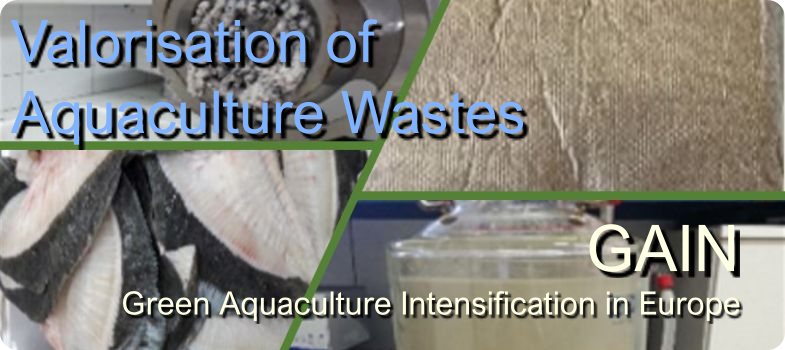Analytical determinations for marine peptones and bacterial bioproductions
The methods for the chemical typification of marine peptones, both in liquid as in solid form, are similar to those defined in the previous module for the characterisation of FPH. Gravimetric analysis permits us to determine moisture, ash, organic matter, and total fat content. The concentrations of total soluble protein (Lowry method), total protein (as total nitrogen x 6.25), and total sugars (phenol-sulphuric acid method) are quantified by spectrophotometric analysis. The profile of amino acids in peptones and the fatty acids in oils recovered can be determined by ion-exchange chromatography and gas-chromatography and mass detector, respectively. Besides, the average molecular weight of marine peptones is measured by gel permeation chromatography (GPC).
Fermentation analysis
- Quantification of bacterial growth by spectrophotometry at 700 nm (optical density) and subsequent transformation in dry weight by conversion curve.
- Determination of viable cells by seeding of diluted bacterial samples in agarized solid medium, incubation under controlled conditions, and manual count of plates.
- Measurement of soluble protein uptake by Lowry method.
- Determination of the glucose consumption and the lactic and acetic acids production in LAB fermentation samples by high-performance liquid chromatography (HPLC) equipped with a cationic exchange column and a refractive index detection.
